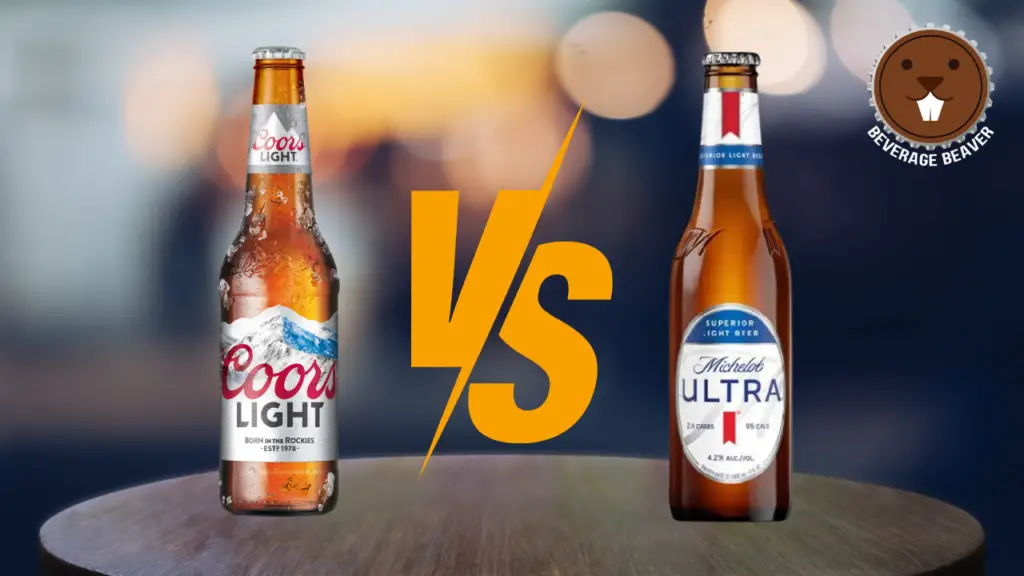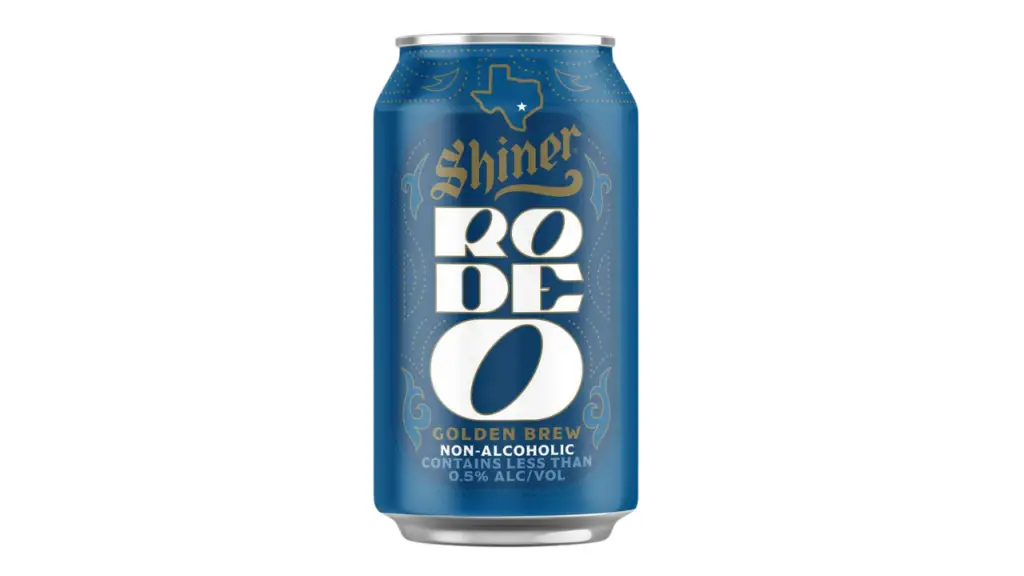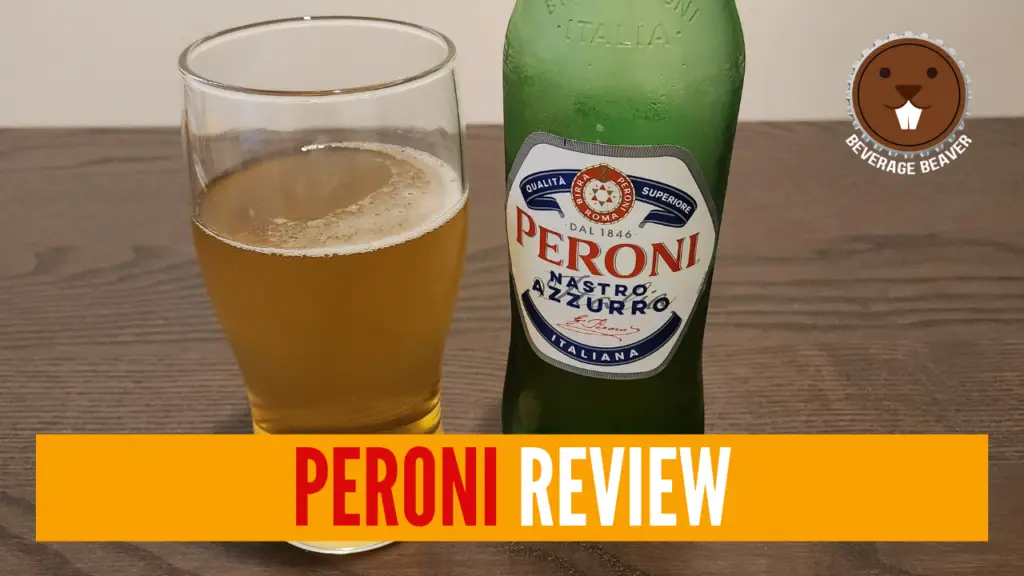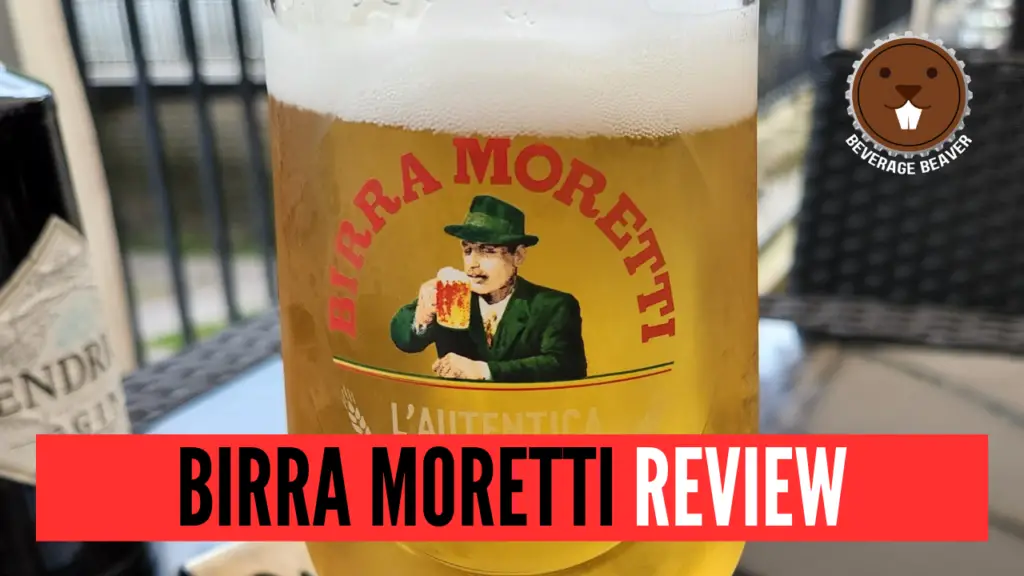Pabst Blue Ribbon Calories (Complete Breakdown)
Pabst Blue Ribbon, affectionately nicknamed PBR, is a staple American lager. It has been popular for decades now and has enjoyed a renaissance in recent years among younger urban drinkers. PBR drinkers might be wondering, given the beer’s light, easy drinking experience, how many calories and carbs are in their blue ribbon-adorned can. If so, you’ve come to the right place!
A 12 fl. oz can (or 355 mL) can of Pabst Blue Ribbon has 144 calories and 12.8 grams of carbohydrates. This is very similar to other mass-produced American lagers and is in keeping with the usual calorie and carb counts for the style, if a little on the heavier side.
Is that all you need to know about PBR? Of course not! Read on if you’re curious about the precise nutritional information, ingredients, and comparison to other American adjunct lagers. By the end of this article, you’ll have blue-ribbon knowledge about Pabst’s flagship beverage.
How Many Calories Are In Pabst Blue Ribbon (4.8% ABV)? Explained
Pabst Blue Ribbon has 144 calories per 12oz can, with 12.8 grams of carbohydrates. PBR’s website does not list any information on protein, fats, or sugars. Pabst also sells PBR Extra, PBR Easy, and PBR Non-Alc, variations on the brand with higher, lower, and zero alcohol content, respectively.
Pabst Blue Ribbon, as an American lager, has a calorie count that is similar to most other beers of the style. It is lower than deliberately stronger beers, like some European-style dark beers and ales, and lower than ice beers or PBR Extra.
The ingredients in Pabst Blue Ribbon are a blend of malted barley and special corn syrup, which PBR takes care to note is not high fructose corn syrup. Other ingredients include hops, filtered water, and cultured yeast. For this reason, Pabst Blue Ribbon is vegan-friendly! It is not, however, gluten-free, as you’d expect from a drink made of malted barley.
It is also worth noting that Pabst does not use a hop extract; instead, it prefers to use actual hops. The syrup used to make PBR contains carbohydrates and some simple sugars like dextrose and maltose, but these are fermented into alcohol and carbon dioxide.
How Many Calories Compared To Other American Lagers?
When comparing Pabst Blue Ribbon to other beers of the American adjunct lager style, the calorie and other nutrition facts are all very similar. PBR is a commonly enjoyed beer across the United States. At 144 calories per can, PBR is more calorific than many similar beers, but it is not the most calorific beer we looked at. Consider the table below for more information.
| Beer | Calories |
|---|---|
| PBR | 144 |
| Corona Extra | 148 |
| Budweiser | 145 |
| Busch | 114 |
| Modelo Especial | 143 |
| Yuengling | 130 |
As you can see from the table above, PBR’s 144 calories is less than Corona Extra and Budweiser, but more than Modelo, Busch, and Yuengling.
How Much Sugar Is In Pabst Blue Ribbon?
Did you know that alcohol manufacturers in the United States are not required, according to alcohol labeling regulations, to list the sugar content of their beverages? That’s why we do not know precisely how much sugar is in Pabst Blue Ribbon, or indeed many beers at all.
Of course, sugar ingredients are used to produce PBR, including malted barley and Pabst’s special syrup. Critically, however, these sugars are consumed in the beer brewing process and turned into alcohol and carbon dioxide. The carbohydrates, of course, remain in the beer, and the combination of carbs and alcohol is responsible for the beer’s calorie count.
Is There Fat In Pabst Blue Ribbon?
You can safely assume that most beer contains next to no fat. There might be fats in some beers, but Pabst Blue Ribbon, as an American lager, has no fat in it. Fatty ingredients aren’t in the PBR recipe. Pabst Blue Ribbon does not list any quantity of fat in its nutrition information.
Is Pabst Blue Ribbon Keto-Friendly/Low Carb?
Although the answer to this question is probably no, it would be more accurate to say that it depends on your own program and health goals.
As a general rule, a typical low-carb diet restricts daily carbohydrate intake to 100 to 150 grams per day. Because Pabst Blue Ribbon has 12.8 grams of carbs, it will take up around 10% of your daily carb allocation. This is not overly likely to tip you over the limit, but it’s best to enjoy your PBR in moderation.
The keto diet, however, is far more restrictive. Keto diets usually restrict carb intake to 20-50 grams per day. A single can of Pabst Blue Ribbon could take up more than half your daily carbohydrate allowance. It’s probably best to avoid PBR if you’re on a strict keto diet or carefully count your other carbs to ensure that it does not send you over the limit.
It’s worth remembering that most of the calories in beer come in the form of carbohydrates. On a keto diet, you’re meant to get most of your calories from protein and fats. A full-strength lager like Pabst Blue Ribbon is probably not the most keto-friendly choice you could make.
Is Pabst Blue Ribbon A Healthier Beer?
As mentioned above, the exact definition of healthy as it pertains to you depends on your own health goals. Pabst Blue Ribbon is a full-strength lager. It has a fairly standard calorie and carb count for a beer of its style. There are low-carb and low-calorie variations of the flagship Pabst Blue Ribbon beer that might suit drinkers looking to cut calories.
It’s also worth noting that consumption of alcohol is a personal choice, and excess consumption of any alcoholic beverage, either regularly or bingeing, is not usually considered a healthy option. Drinkers looking to restrict their calorie and carb intake might turn to PBR Easy, a low-calorie, low-carb iteration of Pabst Blue Ribbon.





















